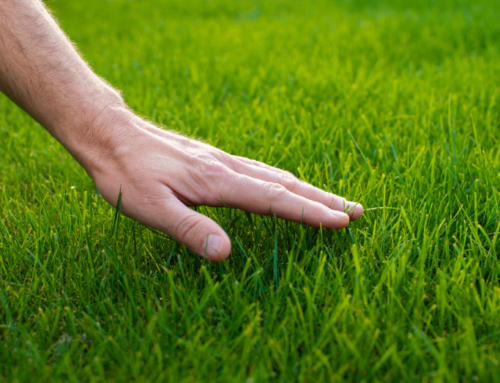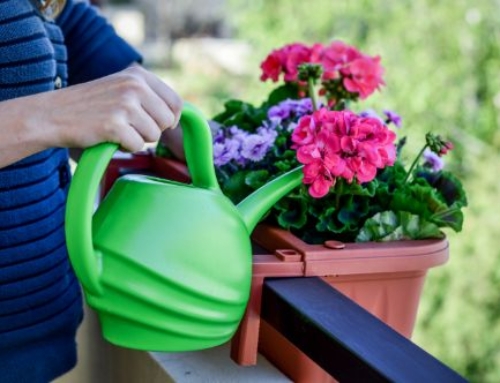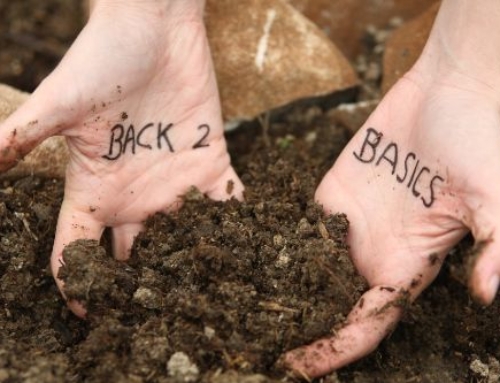Whether you hold the belief that the home is for free expression or good impressions, landscaping is an opportunity to exercise both your own self expression and create a lasting impression. For those just entering the sphere of landscaping, though, there are multiple facets through which to start from, with just a few listed below.
Environmental Factors to Consider:
The first and foremost logical starting point is to understand your climate zone; this will be a huge guiding factor in which plants you can and cannot bring into your landscape. This article by Victoria Van Vlear on Atomic Ranch offers a fantastic explanation on what climate zones are and even includes a handy map of the United States to help you determine your own climate zone. North America alone is divided into 13 zones, according to the United States Department of Agriculture Hardiness Zone Map.
After determining the climate zone for your region, head on over to Gardenia, where you can find guides on which plants are most suitable for you depending on region, season and resistance. For example, clematis (a type of climbers) work well both in the Midwest and Northeast. Agaves, on the other hand, are more suitable for warm climates, but for our folks up north, Gardenia offers this list of agaves suitable for cold-hardy climate zones.
Take a Look at Themes:
Along with deciding what types of plants are most suitable for your climate zone, it might be a fun idea to look at themes. Just like design in general, there are plenty of ways to organize themes, from color schemes to shapes to cultural inspirations. The Landscaping Network offers 21 different landscape design styles and even a downloadable PDF. There are common styles such as Tuscan and Tropical with color schemes you can even considering adopting into your own home. Each type of landscape also has its own page with photographs of examples, and a breakdown of elements that make up the style.
DIY Projects to Consider
For our more artistically-inclined or adventurous gardeners, you might choose the route to go completely do-it-yourself. This article from Manasa Reddigari on Bob Vila details 10 DIY landscaping projects, complete with links to the instructions. From ways to design your own path with wooden pallets to multiple creative ways to plant flowers (think tree stumps and trash cans placed tastefully), this article will give you plenty to keep your hands busy. Money Crashers offer another 10 projects in this article to not only get in on the DIY movement but also save some money.
Multi-purpose plants
As you’re in the planning process looking at climate zones and suitable plants, it might also be a good dual goal to find plants that serve multiple purposes. By incorporating multi-purpose plants in your landscape, you not only get a nice view, you can also use those plants to brew tea or even make cleaning products, as Heather Yamada-Hosley suggests in this article on Lifehacker. Shannon Cowan offers a list of 25 plants that are beautiful and also edible in this article on Eartheasy. Again, before you start planting, do check your climate zone and the suitability of the plants!
For more things to consider as you’re jumping into the landscaping process, visit this article on Gardening Solutions, run through the University of Florida. Better Homes & Gardens also provides examples of 14 easy landscaping ideas for you to browse through and model after. There’s no shortage of literature for how to start planting and even how to take care of your plants. Charlotte Boyle from Medium collected a list of 10 low-maintenance plants, and Blair Donovan also has another 10 plants in this Country Living article.
Just like with many other projects you’ll encounter in your life from work to home life, let your purpose and goals guide your process. Whether you’re hoping to spruce up your home or get in touch with the peaceful nature of the outdoors, let it determine how you plan and even how you want to design. Best of luck, and get ready to grow your green thumb!





